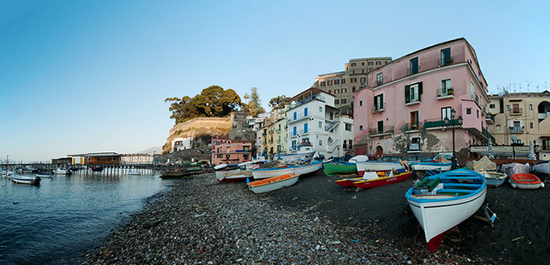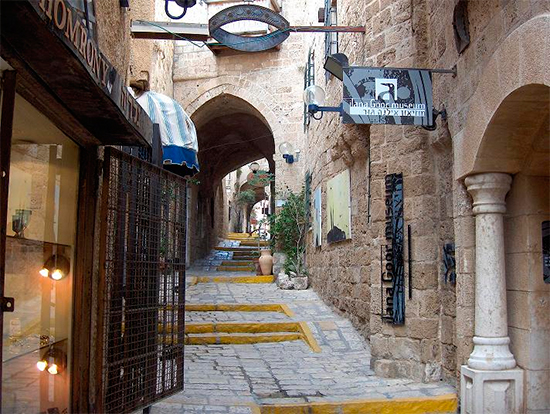I always found history boring, but I think it’s because it was never explained very well. In fact, now I´m excited to find out where we came from, who was there before us or why a city is named the way it is, etc. And doing a bit of historical research before visiting a city can really enrich your experiences there.

So, since I’ll be traveling to Naples next, I wanted to get informed. I love old neighborhoods, stone houses with tiles on the floors, and seeing neighbors having conversations while taking the clothing in from their balconies, one on each side of street. Whenever I´m in one of these neighborhoods, I like to imagine what that same street would have been like in the past, some 5 or 10 centuries ago. Well, I will try to tell you about the origins of ancient Naples without boring you. If you’re also planning on visiting this city, you may want to know a little more about the city’s origins and why it is the way it is.
On an island very close to Naples was once the first Greek colony in the West, in the third century BC. Its inhabitants had to leave the island due to adverse geographical conditions and move to the mainland. There, they founded a city that a century later the descendants of those Greeks decided to rename Parthenope. Subsequently, due to constant invasions by the Etruscans, the Greeks had to seek help from the Romans, and in exchange the city became part of the Roman Empire. It was then called Neapolis and was a Greco-Roman city until the last Roman emperor died in the fifth century. The city then passed into the hands of the barbarians (the Romans considered all foreigners in the areas bordering the Empire to be barbarians and subject to invasion).
By the tenth century the Normans arrived, with whom the Neapolitans, interestingly enough were quite happy. For this reason they despised the German who unseated the Norman king as an enemy, and then sided with the next king, Charles of Anjou, France. This was all in the thirteenth century. With the French, who ruled for two centuries, an artistic revival arrived in the city of Naples. Among other things, the Castle Sant´Elmo was built.
With the fall of the French Empire, the city fell into the hands of the Hungarians until the Aragonese decided to conquer, in the sixteenth century.
A look at Old Naples
The main street of the historic center of Naples is called vía San Biagio dei Libra (formerly Spaccanapoli). If you walk this entire street, which crosses the city and divides it in two (like the former name suggests), you´ll encounter the main monuments of the city.
The church of Santa Chiara was built under French mandate in the fourteenth century in a Provençal Gothic style but then had Baroque ornamentation added to it in the seventeenth century. The same happened with the church of San Francesco delle Monache.
The Piazza San Domenico was one of the urban successes of the Aragonese era and it retains parts of former empires.
If you want to see the remains of the Greco-Roman civilization, go to the end of the Via San Gregorio Armeno.
And if you enjoy history and legends, don’t leave Naples without exploring the underground caves of the city: from the piazza San Gaetano, in the heart of the old town, you can embark on a two-hour tour through galleries and cisterns that will take you back in time.
Don´t forget to reserve your Naples apartment .

 English
English
